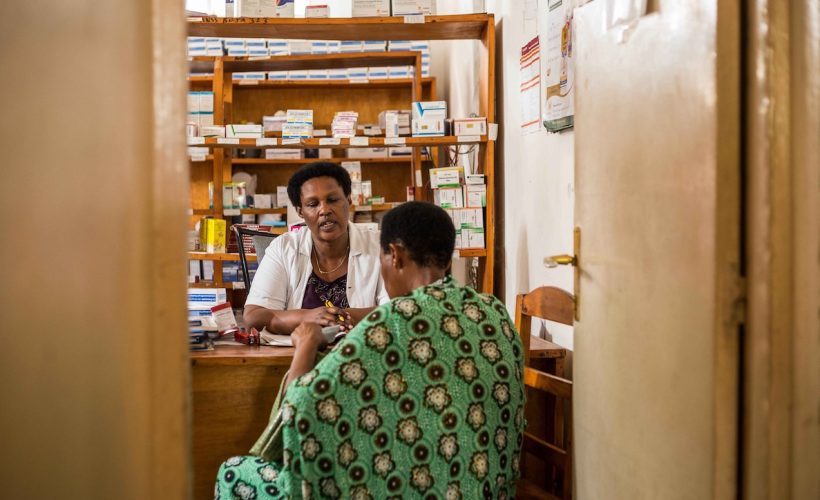Tuberculosis: training community stakeholders
The ARCAD Santé PLUS community organization has been a key player in the HIV and AIDS response in Mali since 1994. The organization’s expertise and experience in disease prevention and management have enabled it to position itself as Global Fund Principal Recipient to manage the new HIV/TB grant in Mali. Alongside its sub-recipients, ARCAD Santé PLUS recently integrated community-based tuberculosis activities into its minimum package of activities. It is in this context that a training course on community management of tuberculosis took place in Bamako in November 2020, organized in collaboration with Alliance Côte d’Ivoire, an NGO with plenty of experience in implementing community interventions to respond to tuberculosis. Nuccia Saleri looks back on the focus and contribution of this training.
You recently participated in training on tuberculosis management in Mali, organized in collaboration with Alliance Côte D’Ivoire. What was the focus of this training?
The focus was to identify the potential contribution of community and civil society stakeholders to improve national TB response indicators. At a more general level, the focus was on patients’ rights, combatting stigma, social mobilization, and advocacy activities, as well as gender issues and the challenge of responding to tuberculosis in children.
For four days, we provided participants with practical exercises to promote participatory and dynamic discussions. We developed and shared 14 modules to give participants the tools to understand the role of community stakeholders and civil society organizations in responding to this disease in their countries and how to integrate tuberculosis into HIV response interventions.
What is the outcome of this training? Will it be followed up by other experience-sharing activities?
At a general level, this session was an excellent opportunity for sharing between stakeholders from the medical, organizational, and community sectors: they were able to discuss and share their experiences in a studious and fun environment.
With support from Alliance Côte d’Ivoire, we would like to conduct a follow-up of the results of the training to see what effect it has had on implementing community activities on the ground in Mali. But the idea was, above all, to make resources resulting from the training accessible, which has already been organized in several French-speaking countries. Particularly as these resources were informed by the participants and practical examples taken from their field experience were incorporated into the tools.
The Bamako session was filmed for this reason, as in the long term, the objective is to put the modules online so that all community stakeholders in French-speaking countries involved in the tuberculosis response will have free access to them. Discussions are underway between Alliance Côte d’Ivoire, L’Initiative, the Global Fund, WHO, and the TeAM office to design this and set out a dissemination timeline.
The issue of gender inequality is central to this training. Why is this a key issue in the response to tuberculosis?
According to program data, almost twice as many men as women are affected by tuberculosis in many countries. Men are particularly exposed to risk factors for the disease. However, we must put this observation into perspective: we cannot ignore the difficulties encountered by women in accessing care, particularly diagnostic tests for tuberculosis.
In addition, there are cultural factors that obstruct progress, and discrimination also impacts whether certain patients go to be diagnosed and access follow-up or treatment. All relevant persons must be able to access services adapted to understand their needs in health centers. However, this is still not the case everywhere. For example, deep-seated prejudices still prevent certain at-risk population groups from going to the health center. This is one of the key roles of community and civil society stakeholders: to make tuberculosis care more accessible, by communicating and encouraging the population to access services and to actively participate in their health and that of their community.
More generally, why is it important to include gender considerations when developing tuberculosis funding requests?
The HIV and tuberculosis epidemics are growing due to, among other things, gender inequality and service provision that is not adapted to people’s specific needs. Programs must, therefore, pay particular attention to how these inequalities impact human rights, health, and well-being.
Taking these issues into account when reviewing funding requests is crucial so that dedicated actions can be implemented in the field. Community organizations are much more aware of these issues than public institutions. I am referring, in particular, to organizations that have experience with HIV and that, as a matter of principle, focus on gender issues and key populations.











